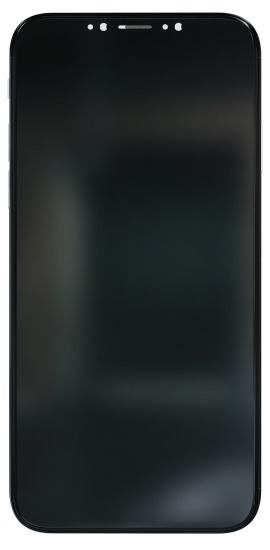Difference Between UI and UX Design, Differences and Similarities.
UI, or User Interface design, focuses on a product’s visual and interactive elements, such as a layout, colour scheme, and button design. It aims to create a visually appealing and user-friendly interface that is easy to navigate. UX, or User Experience design, is concerned with how a product feels to the user. It considers the entire user journey, from initial awareness to post-purchase evaluation, and aims to create an enjoyable and easy product, ultimately leading to customer satisfaction.

In the world of design technology, very few debates exist that have never been quite settled. One of them is the difference between UI/UX design. Numerous analogies explain how these two concepts fit together but a final answer has yet not been established. If you are new to the world of design, it is very important to have a general understanding of these two terms.
User experience (UX) design is creating products that provide meaningful and relevant experiences to users. This involves the design of the entire process of acquiring and integrating the product, including aspects of branding, design, usability, and function.
User experience (UX) focuses on a deep understanding of users, their needs, value, abilities, and limitations. It also considers the business goals and objectives of the group managing the project. UX best practices promote improving the quality of the user’s interaction with and perceptions of the product and related services.
User interface (UI) design makes software, or computerized device interfaces focused on looks or style. Designers aim to create designs users will find easy to use and pleasurable. UI design typically refers to graphical user interfaces but includes others, such as voice-controlled ones.
User Experience in the IT Industry
In the IT industry, software developers and web designers will sometimes talk about user experience using these related terms:
- User-Centered Design
- Graphical User Interface (GUI)
- Usability
Peter Moville represents this through his User Experience Honeycomb.
He notes that for there to be a meaningful and valuable user experience, information must be:
Useful: Your content should be original and fulfill a need
Usable: The site must be easy to use
Desirable: Image, identity, brand, and other design elements are used to evoke emotion and appreciation
Findable: Content needs to be navigable and locatable onsite and offsite
Accessible: Content needs to be accessible to people with disabilities
Credible: Users must trust and believe what you tell them.
The Difference Between UI/UX Design
The three primary differences between UI/UX designers are:
UX deals with the purpose and functionality of the product. UI deals with the quality of the end-users interaction with the product.
UI design has an artistic component related to the design and interface of the product. It affects what the end-user sees, hears, and feels. UX has more of a social component for market research and communicating with clients to understand their needs.
UX focuses on project management and analysis through the entire ideation, development, and delivery phase. UI has more of a technical component to produce the design components for the finished product.
UX Designer Key Responsibilities
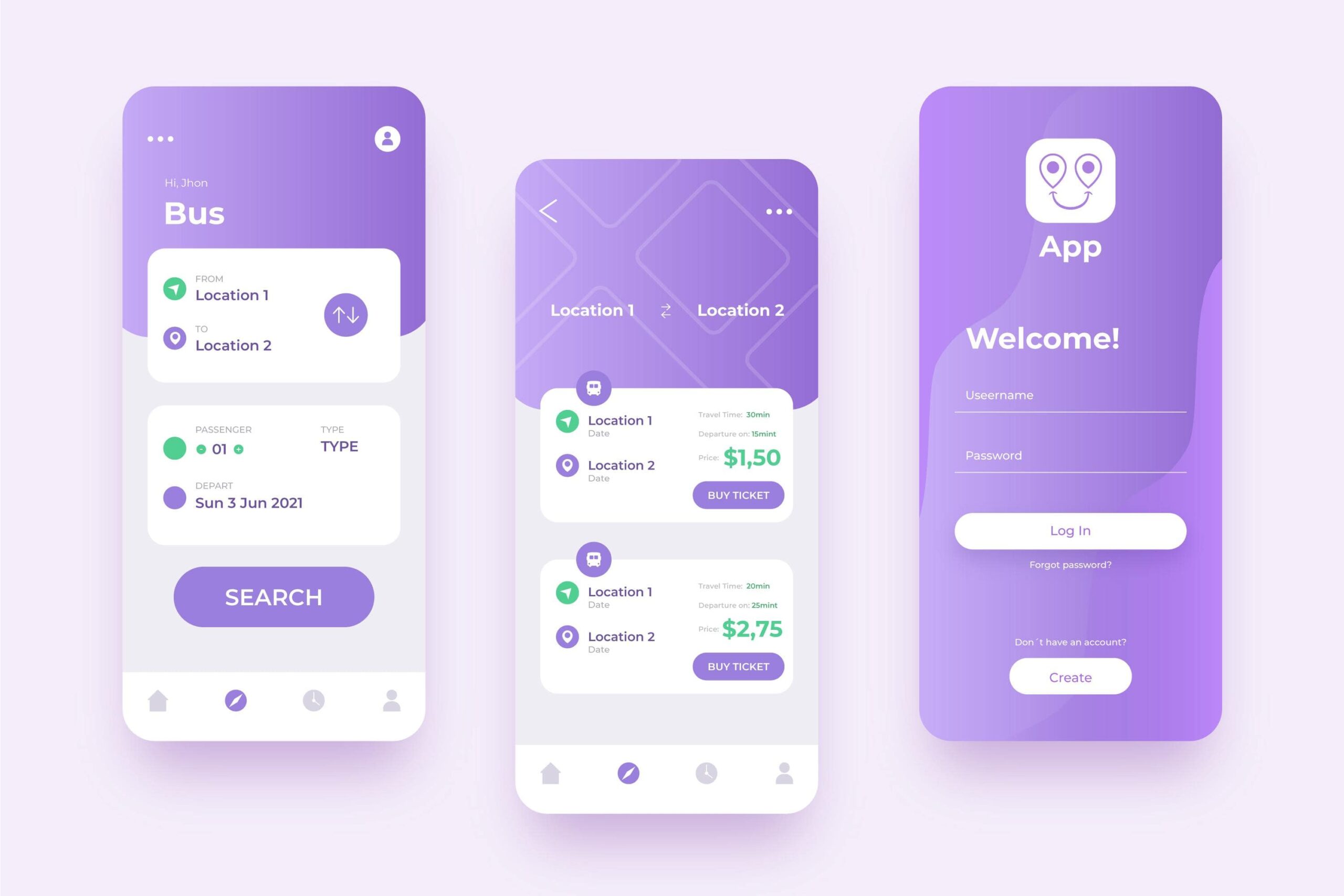
Content/Strategy: Customer Analysis, Competitor Analysis, Product Structure/Strategy
Prototyping and Wireframing: Prototyping, Testing/Iteration, Development, Planning, Wireframing
Analytics and Execution: Coordination with Developer(s), Coordination with UI Designer(s), Analysis and Iteration, Tracking Goals and Integration
Look and Feel: Branding and Graphic Development, User Guides/Storyline, Customer Analysis, Design Research
Responsiveness and Interactivity: Adaptation to All Device Screen Sizes, Interactivity and Animation, Implementation with Developer, UI Prototyping, Implementation with Developer.
UX and UI are areas to focus on. Regardless of the definitions and division of labor, they are both essential parts of product development and delivery. Research shows that customer experience drives revenue growth. UX and UI are an investment in the product or service.
Difference between UI/UX
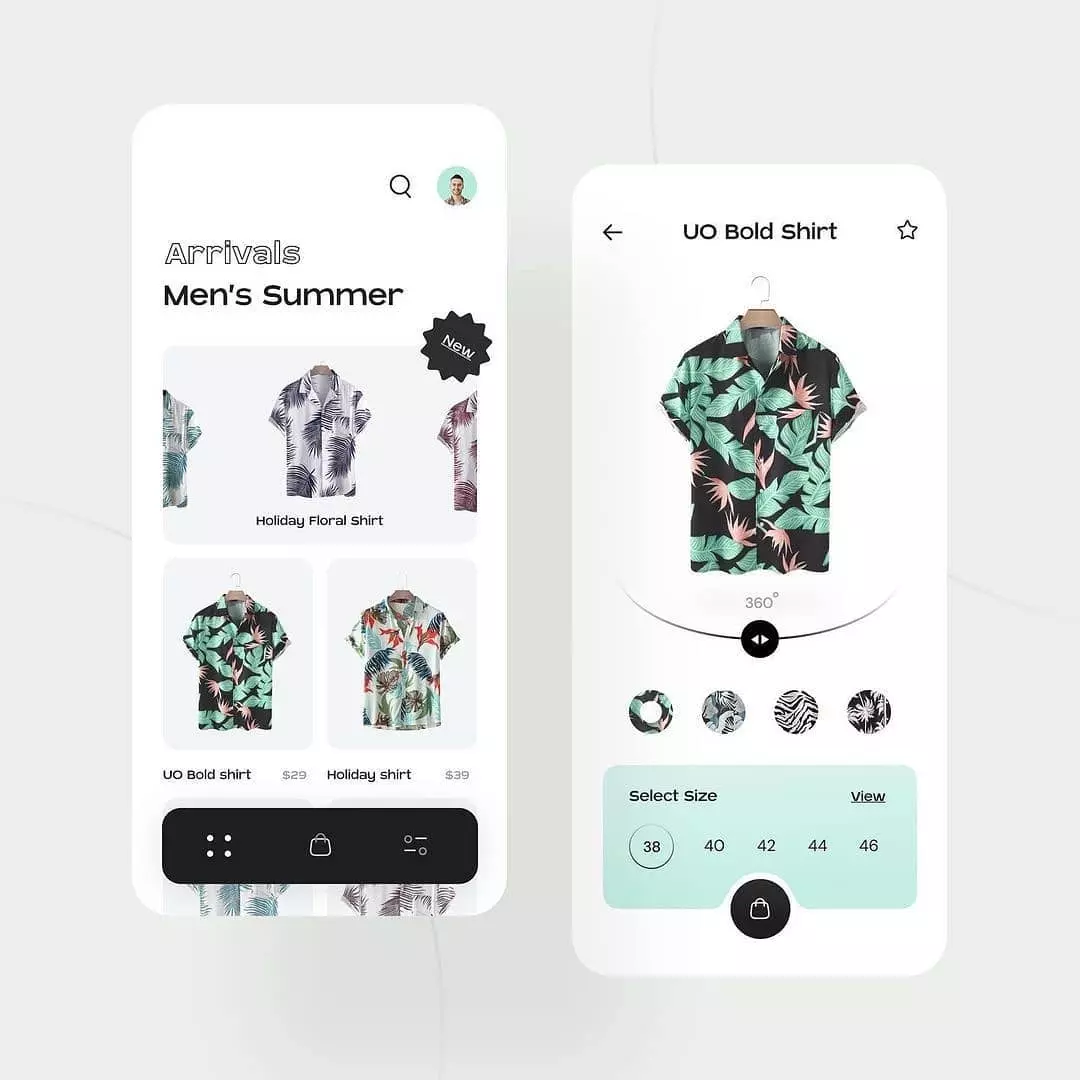
But irrespective of these facts, these two are very different concepts and tend to follow different design architecture. UX is an industrial and analytical field, while UI is more of a graphic design field which is much more entangled. If you take an example of a human body as the product, you will see that the bones showcase the codes which give it an arrangement. The organs tend to represent the UI which aligns and advances against the opinion of providing basic life activities.
At the core, UI design is the basic essence of the body, the overall demonstration. UX design and UI design are one of the most baffling and exploited terms in the field of the tech department. A UI without a UX is like a ship without its anchor, while a UX without the UI is like a balloon without air. A good product understanding begins with the UX, followed by the UI. But in the end, both must work efficiently and hand in hand for the victory of the product.
The fact not known to all is that the meticulous details of the UX and UI are responsible for all the minute subjects that positively or negatively affect a person’s experience of a certain product or service branded by the organization. This particularly tends to go beyond the scope of the UI as it usually includes factors like decisive content, and rapid loading time, which is quite beneficial, as well as the various other known factors like the playful synergies, which tend to generate a flow which in turn arouses concern which facilitating achievement.
A designer should remember that UI means the real buttons, wordings, and pixels that tend to show on the screen. So, the UI designer should be interested and skilled in how an application or a website will have its documentation on the interface, which will include visualization. Such as will the buttons be blue or red or if the gradients are flat or otherwise, and all these basic questions tend to determine the page’s overall structure.
There are also times when the UI designer must face questions, such as whether he has to place the Sign-Up button on the top of the screen because, inevitably, they are very beneficial. Now the concept of UX design is a much higher quality and level of development and is a broader term as it includes not only the interface but also the various schemes and cooperation supported by it. A skilled UX designer should be able to handle a disturbed user who tends to call up the helpline in conjunction with being aware of how the pixels should look on the screen.
Usually, there are so many things that a UX designer must take care of that they tend to overlook the structuring of the pixels in most cases. They will work with a skilled UI designer or, in many cases, with a visual designer to mainly gloss the working condition of the user interface. There is a lot of interrelation and overlapping between the duties of the UX designer and UI designers’ duties. Therefore, today many designing professionals use both the terms UX design and UI design in a commutable manner.
The exact and the most accurate explanation of these two terms still largely depend upon the principles of the organization. It is still believed that the basic job profile of the UI designer and the UX designer is largely responsible for the interface’s creation, constitution, and classification, which has a very important role in positively affecting the company’s business goals. On a concluding note, the job of the UX designer and the UI designer is not easy and requires a great deal of skill, experience, and expertise to accomplish the task.
Reasons you should learn UX design?
For people who are naturally problem solvers, the field of UX design is a huge catch. It offers challenges and rewards on a human level. UX design is centered on the end user and this brings the designers very close to seeing the result of a project they work on.
Organizations care about user experiences. Which means they care about UX design in one way or the other. Learning UX design can help you become a valuable asset for your organization. And in the long run, you become your boss.
UX design when done rightly provides positive experiences to users that keep them engaged and foster conversions. If a website offers a great user experience and addresses the needs of the user it not only encourages new customers but also retains existing users to spend more time on the website and eventually make purchases.
The increasing number of smartphone users has also led to high demand for UX jobs. Organizations want to focus on a pleasant mobile phone user experience. Mobile app design comprises multi-layered design problems that come under the field of UX design.
According to Glassdoor the average salary of a UX designer in the US is over $110,000. The industry is growing rapidly, and with that, the demand is also increasing for hiring UX designers.
How To Develop Project Ideas To Create Your UI/UX Design Portfolio
It’s always a good idea to include a variety of designs in your portfolio. but before creating the portfolio, there are a few tips to keep in mind.
- Don’t overdo it! Your portfolio should be enlightening but brief. 3 to 5 projects will be perfect to showcase your talent.
- Get creative with your choices. go for passion projects, design Bootcamp projects, etc
- Problem-solving should be the basic idea behind your portfolio designs. Share with people how you plan to solve their problems through your designs.
- Your creative process and thought process should be visible through your designs. Tell the viewers a story to engage and inspire them about the project and the purpose you are serving.
- Show what you achieved. Share how you have solved your client’s problems with visual impacts.
Should Freelancing Be Your Next Ux/Ui Career Move?
With every passing year, the figure of freelance workers is increasing. Millennials in particular are attracted to this lifestyle. For UX designers it is a great career since they have the autonomy and the freedom to choose their clients. Working remotely is the biggest perk. There is no hassle of traveling and daily commute. Going freelance has more potential in terms of earning profits in the long run.
Understanding Business Strategy to Drive Ux/Ui Design Impact
For business owners, design work holds more value and is worth an investment if it aligns with their business strategy. Customers are any business’ priority, and they deliver value in the form of customer-centered products and services. Designers can better their position by translating their skills and expertise into the organization’s business strategy. This will help them create more influence and advance their c career. a few ways to achieve this goal is to understand the business market penetration, product development, market development, and diversification.
Tips For Designing an e-commerce Home Page To Increase Sales
Numerous ecommerce businesses try to gain expertise in user experience design but fail to do so. This gives UX designers an opportunity to show their value. a few tips designers can follow to increase sales for the ecommerce website they work for are:
- Showcasing your value proposition. Showing it on the home page is vital and it should be an important part of any ecommerce UX strategy. Any ecommerce business must convey the value they offer on the home page—on their first interchange with users.
- Make your website more accessible by having an advanced search feature. it will play an essential role in reducing the distance between the first interaction of the customer and checkout.
- Make your designs highly responsive and mobile-friendly. This will offer a better user experience and thus better conversions for the business.
Why Is Figma The Best Tool For Ux/Ui designers?
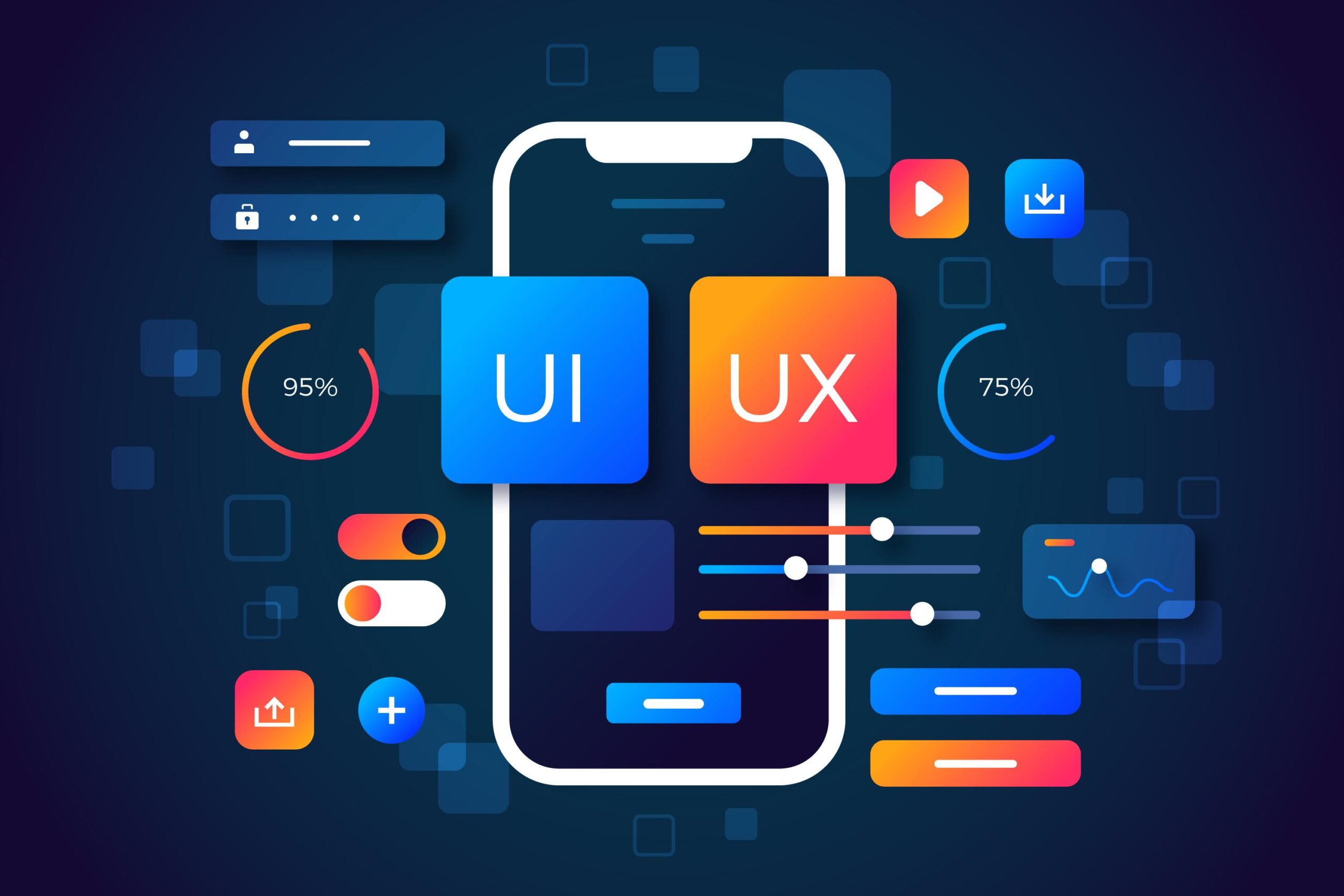
Figma is the first interface design tool that offers real-time collaboration. Designers and front-end developers have significantly started using Figma to design apps and web applications. Figma has taken the design world by storm and continues to do so with its new features and updates every day.
Designers speak in a language of their own. They have an eye to appreciate things that non-designers don’t even notice. Figma knew this, so they built features to make the designers happy clients. Some of these amazing features are:
- Layout grids for superior visual structure
- An auto-layout eliminates the requirement to resize everything constantly
- Team libraries that keep everything categorized and optimized
- Interactive components that allow for real-time collaboration.
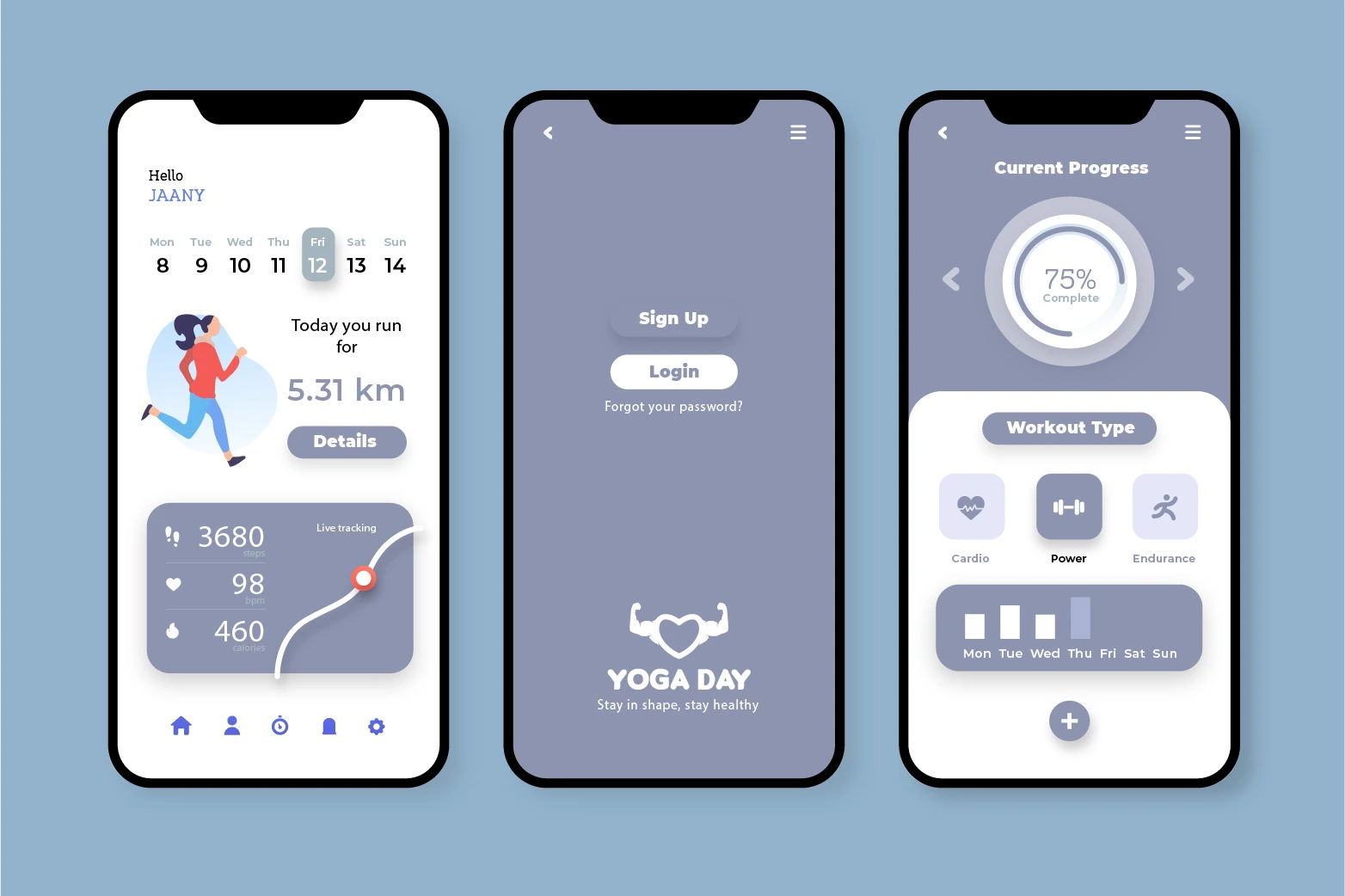
In conclusion, UI (User Interface) and UX (User Experience) design are two distinct but closely related fields in the design industry. UI design focuses on the visual design and layout of a product, while UX design focuses on the overall experience and usability of a product. Together, they create a seamless and intuitive experience for the user. While they have different goals and processes, they are both crucial in creating successful products that are visually appealing and easy to use.
Dexterous Solutions is a global branding and marketing agency based in the US, serving companies of all sizes. We specialize in understanding your brand and vision and work closely with you to craft branding and marketing assets that align with your brand strategy, mission, vision and goals. With satisfied clients worldwide, let’s connect and explore how we can help you achieve your business goals.

